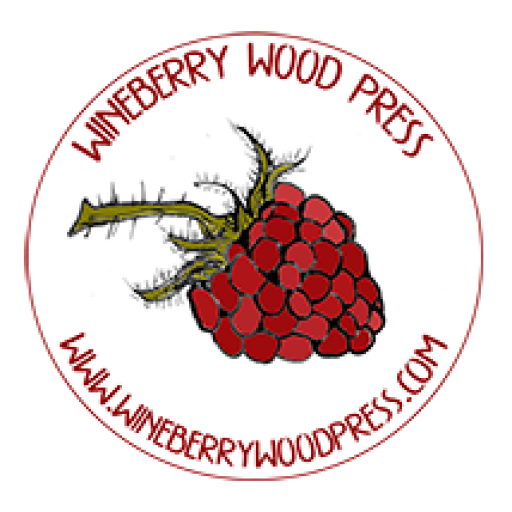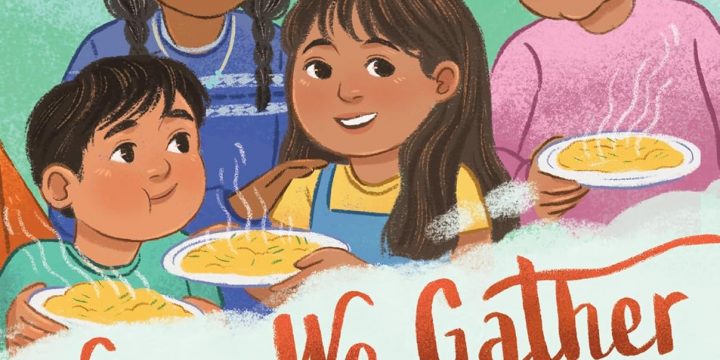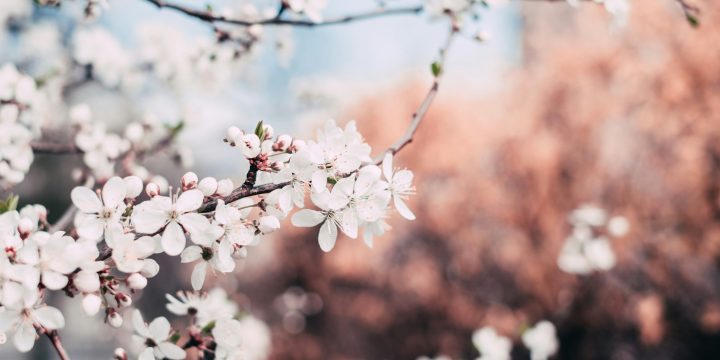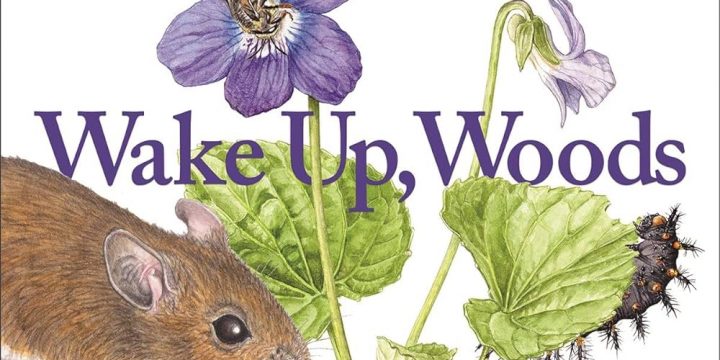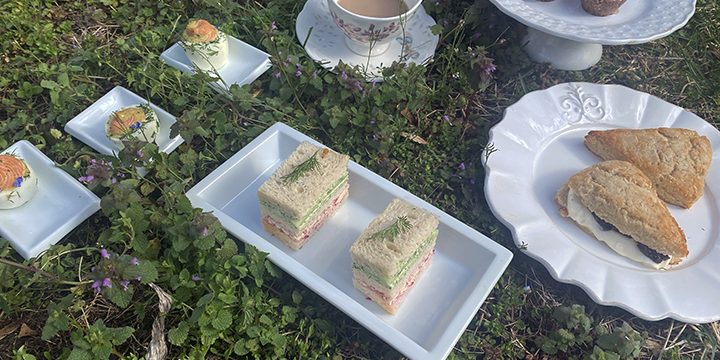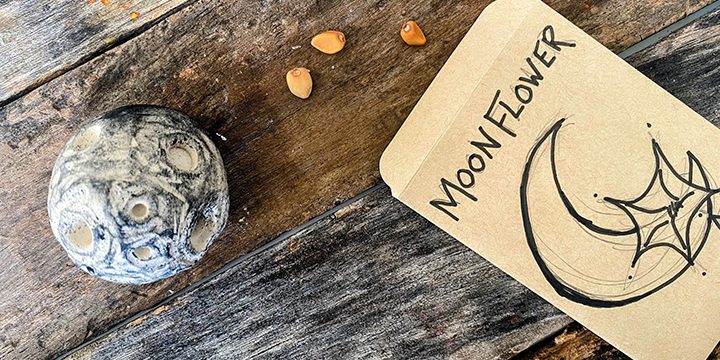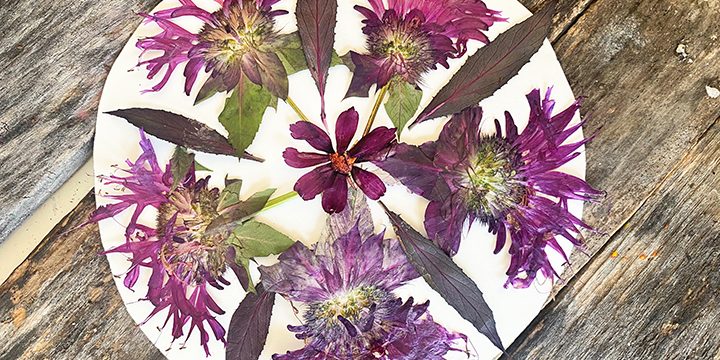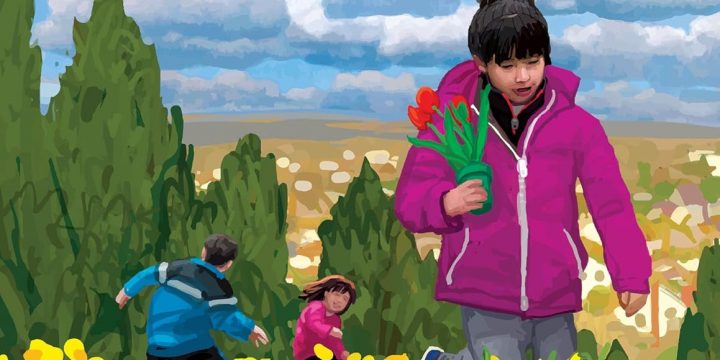
“Clear and Bright”
Picture Book Buds are a fun and easy way to incorporate literacy into nature study. Read a book (you can even read it outside!) and then enjoy the related activity and snack suggestions! Clear and Bright: A Ching Ming Festival Story Written by: Teresa Robeson Illustrated by: William Low Clear and Bright: A Ching Ming Festival Story is a lovely, lyrical story about a family celebrating the Ching Ming Festival. This is a spring festival right around the same time as spring equinox that has been on my radar for some time, but that I didn't previously know very much about. When I came across this picture book I jumped at the chance to learn more. If you have read much of my work than you may have noticed that…
